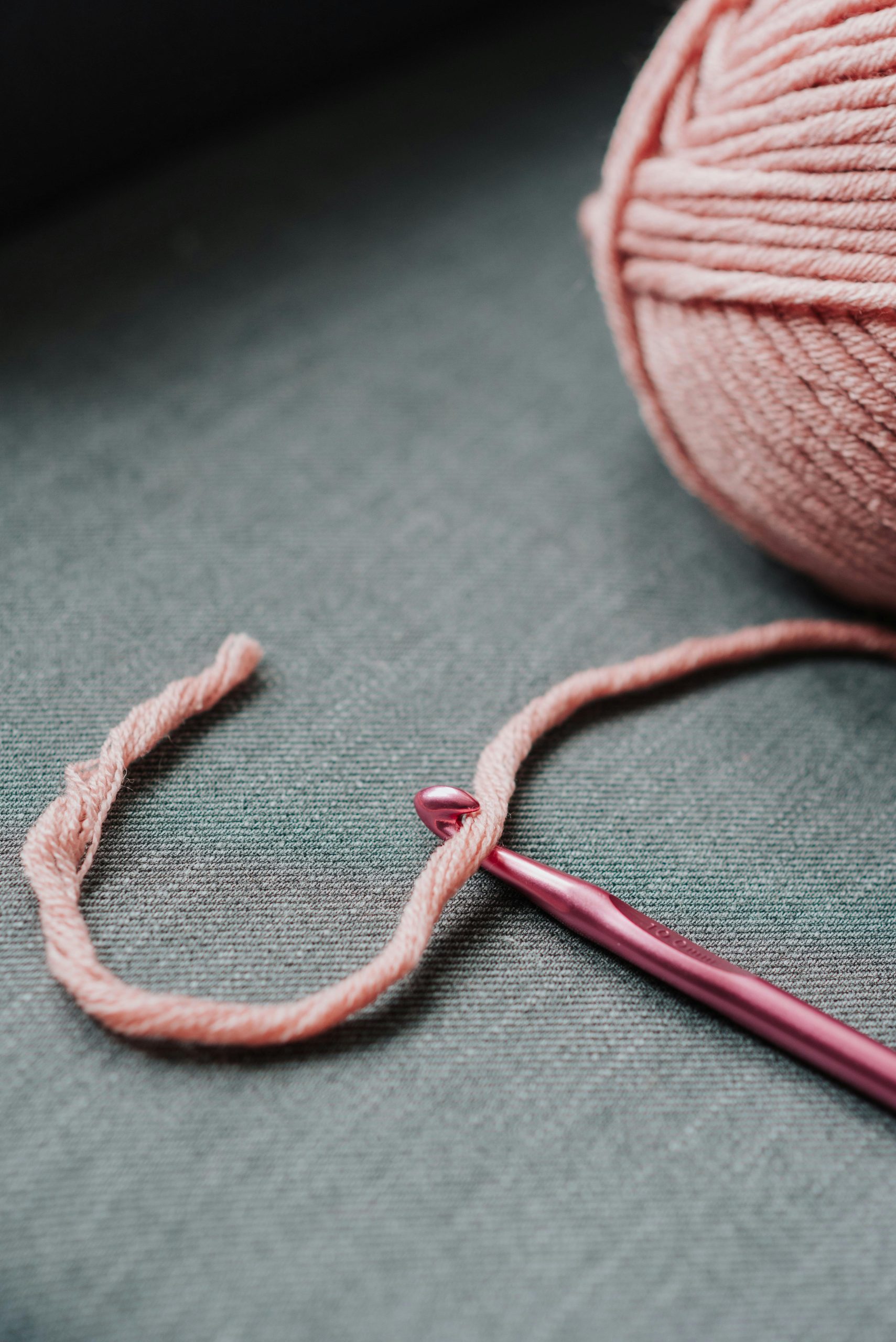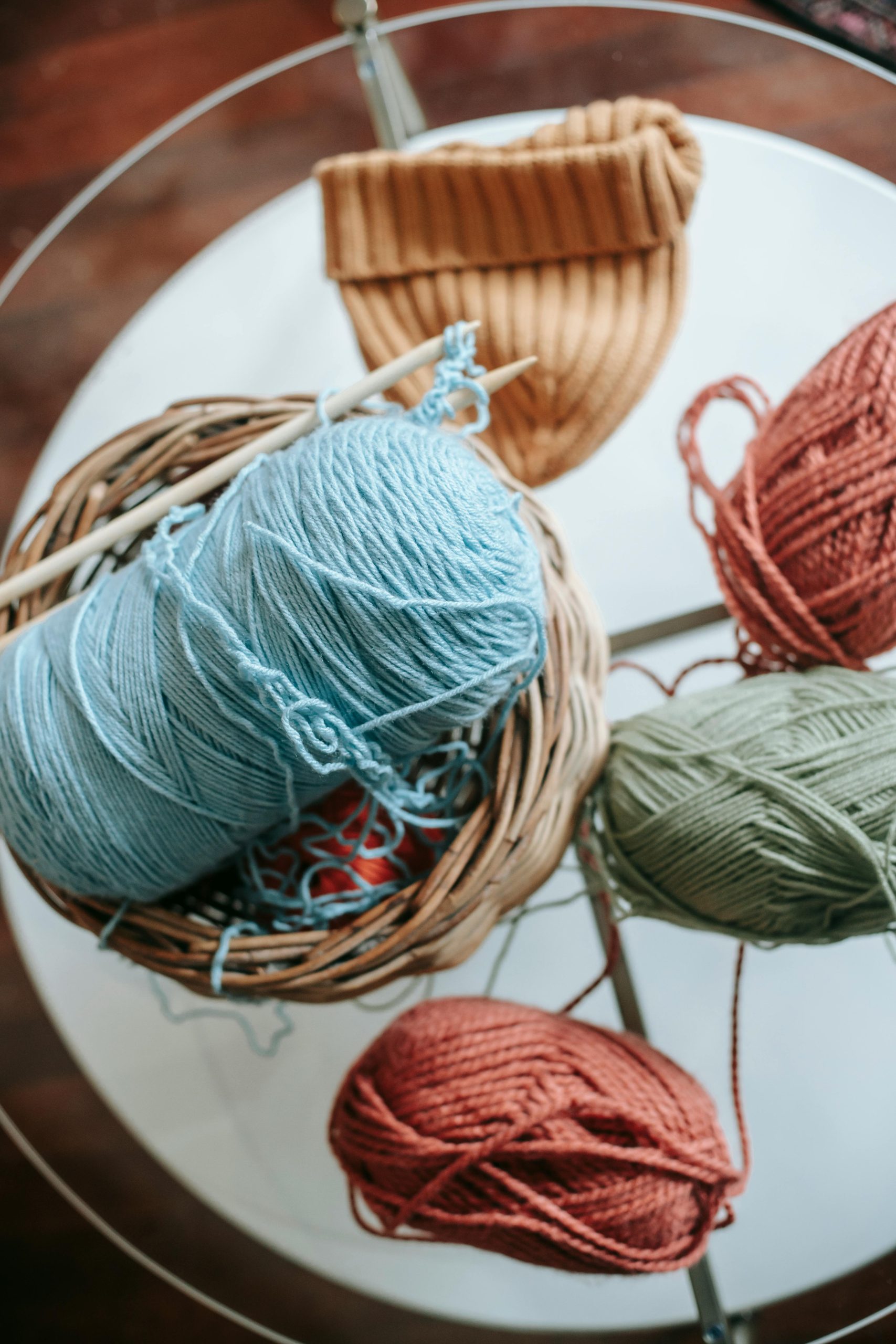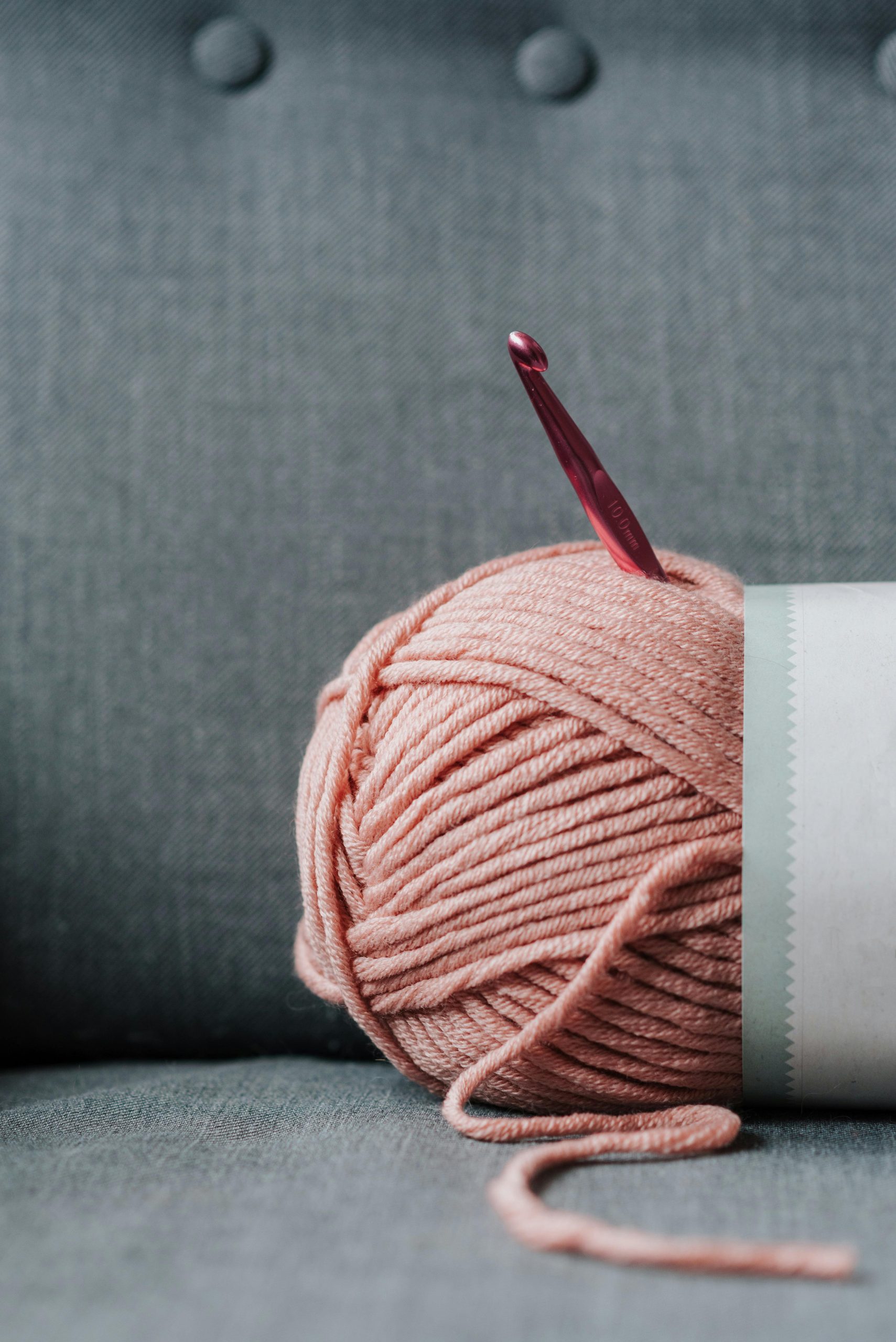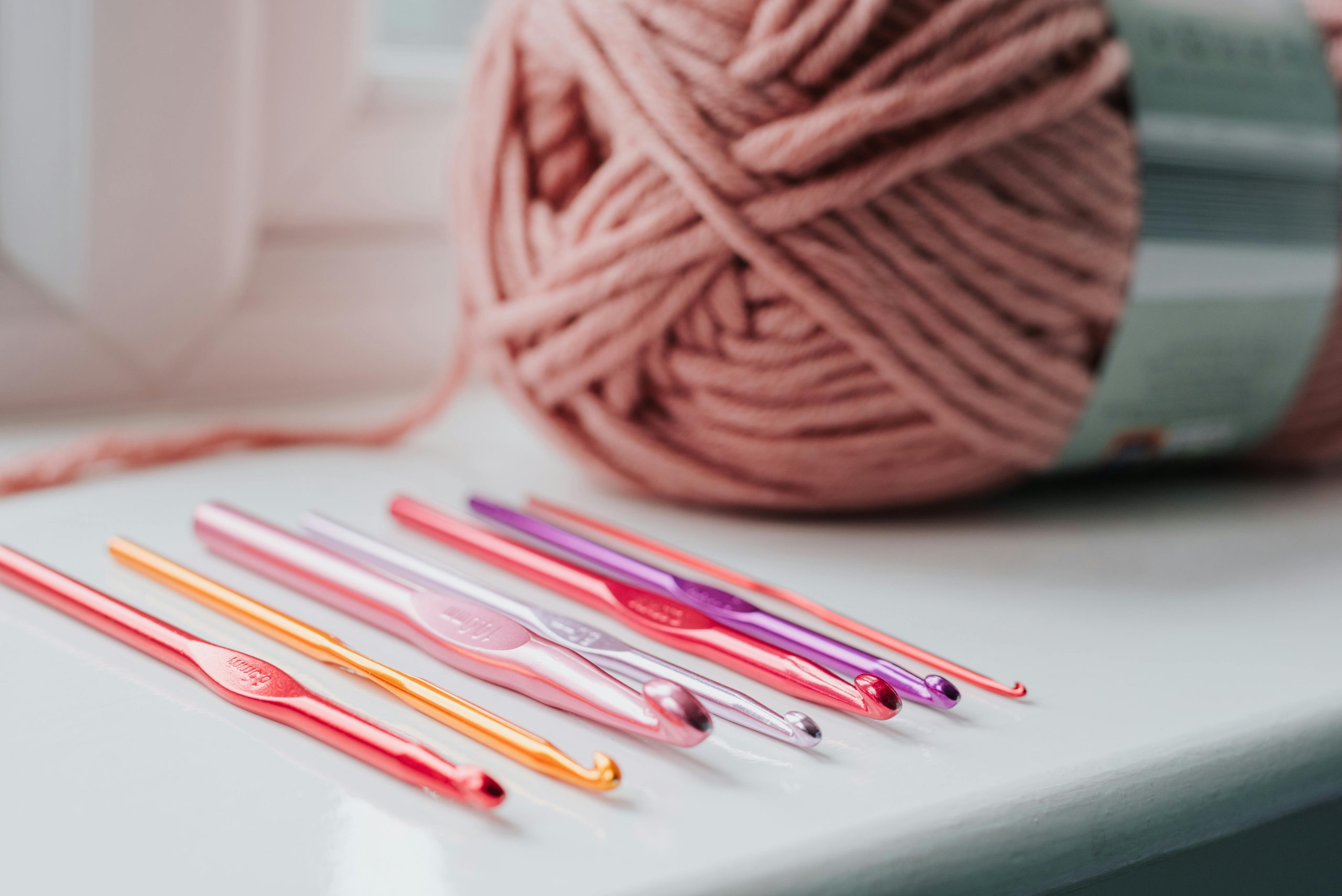Sewing is a versatile skill that allows us to create and repair various items. While traditional sewing threads are commonly used, you may wonder if fishing line can be a viable alternative. Fishing line is a strong and durable material designed for fishing, and its properties make it intriguing for sewing purposes. In this article, we will explore whether sewing with fishing line is feasible and discuss its advantages and limitations. By understanding the characteristics of fishing line and its potential applications in sewing, you can make an informed decision about using it in your sewing projects.
1. Material Composition
The composition of fishing line is a crucial factor to consider when contemplating its use in sewing. Here are some key points regarding the material composition of fishing line:
- Fishing Line: Fishing line is typically made from various materials such as nylon, fluorocarbon, or braided polymers. These materials are chosen for their strength, durability, and resistance to environmental conditions. Fishing line is designed to withstand the stress and tension of catching fish, making it a robust material.
- Sewing Thread: Traditional sewing thread is usually made from polyester, cotton, or a blend of synthetic fibers. These materials are selected for their versatility, ease of use, and compatibility with various fabrics. Sewing thread is specifically engineered to provide strength and flexibility for sewing applications.
- Thread Diameter: Fishing line comes in different diameters or thicknesses, commonly measured in pounds or millimeters. The diameter of the fishing line affects its strength and visibility, with thinner lines being less visible but potentially less robust. Sewing thread, on the other hand, is available in different thicknesses, denoted by a number. The appropriate thread thickness depends on the fabric and sewing technique used.

2. Strength and Durability
The strength and durability of fishing line are key factors that make it attractive for sewing. Here are some points to consider regarding the strength and durability of fishing line:
- Fishing Line: Fishing line is designed to withstand the tension and pressure exerted by fish during the fishing process. It is typically stronger and more resistant to breakage compared to traditional sewing thread. Fishing line is less likely to snap under stress, making it suitable for sewing applications that require extra strength.
- Sewing Thread: Sewing thread is engineered to provide sufficient strength for sewing fabrics together. While it may not be as strong as fishing line, sewing thread is designed to withstand the stress and tension encountered during sewing. It is specifically formulated to deliver durability and longevity for sewn garments and projects.
- Thread Weight: The weight or thickness of the thread affects its strength. Thicker threads generally possess greater strength, while thinner threads offer more delicate stitching. Fishing line comes in various weights, allowing you to choose the appropriate thickness for your sewing needs.

3. Sewing Applications
While fishing line may have potential uses in sewing, its applications are limited due to certain factors. Here are some key points to consider regarding sewing applications with fishing line:
- Heavy-Duty Projects: Fishing line can be suitable for heavy-duty sewing projects that require extra strength and durability. It can be used to sew items such as canvas, leather, or heavy fabrics where traditional sewing threads may not provide sufficient strength.
- Decorative Stitching: Fishing line can add a unique touch to decorative stitching on projects like costumes or accessories. Its strength and transparency can create an interesting visual effect, particularly when used for topstitching or creating decorative elements.
- Limitations: Fishing line may not be suitable for all sewing applications. Its stiffness and lack of flexibility can make it challenging to work with lightweight or delicate fabrics. It can also leave visible puncture marks, which may be undesirable for certain projects.

4. Sewing Techniques and Challenges
Sewing with fishing line may require adjustments to the sewing techniques typically used with traditional sewing thread. Here are some key points to consider regarding sewing techniques and challenges with fishing line:
- Needle Selection: Fishing line’s thickness may require the use of specialized needles. Needles with larger eyes and a sharp point are recommended for easier threading and piercing through thicker materials.
- Stitch Length and Tension: Sewing with fishing line may require adjustments to stitch length and tension settings on your sewing machine. Experimentation and testing on scrap fabric are recommended to achieve the desired stitch quality and avoid thread breakage.
- Handling Challenges: Fishing line can be stiffer and less pliable than traditional sewing thread, making it challenging to maneuver and control during sewing. Take your time and practice with the fishing line to develop the necessary techniques for handling it effectively.
- Finishing Techniques: When using fishing line for sewing, finishing techniques such as knotting or securing the ends may require different approaches compared to traditional sewing thread. Experiment with various finishing techniques to find the most suitable options for your projects.
Conclusion
Sewing with fishing line can be a viable option for specific sewing projects that require extra strength and durability. Its strength and resistance to breakage make it suitable for heavy-duty applications, and its transparency can add a unique touch to decorative stitching. However, fishing line may not be suitable for all sewing projects, particularly those involving lightweight or delicate fabrics. Its stiffness and visibility of puncture marks can pose challenges. When considering sewing with fishing line, it is essential to experiment, practice, and adjust your sewing techniques accordingly. Ultimately, the choice between fishing line and traditional sewing thread depends on the specific requirements of your project and the desired outcome.

Leave a Reply